International
With its top unheaded, Hamas seeks new leadership in the middle of the war in Gaza
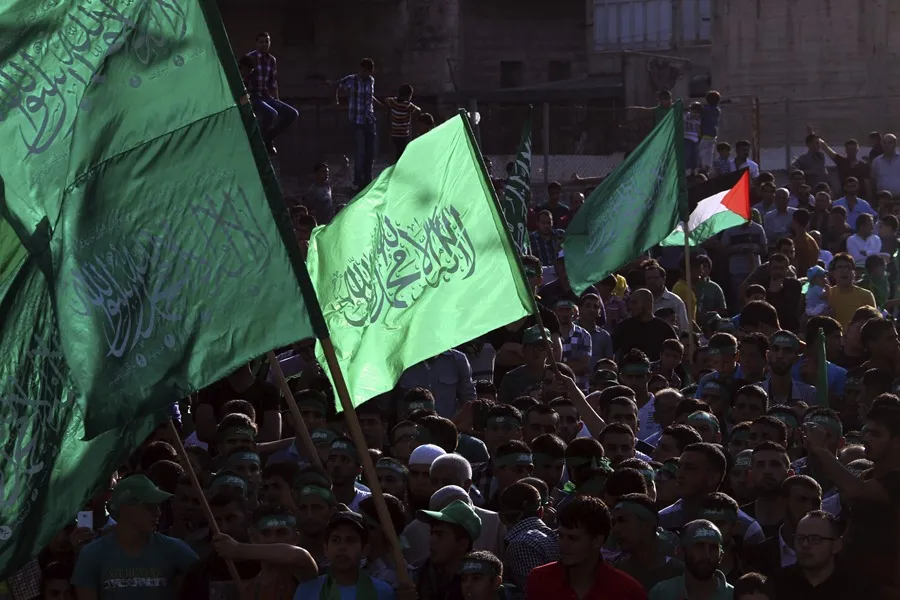
“Sinwar’s death will not end the resistance or the cause,” Hamas assured by confirming that the top leader of the movement died last week in clashes with Israeli troops in Rafah, south of the Gaza Strip.
The group then said that the Shura Council, its highest advisory body, would meet in the coming days to elect the new head of the political bureau to replace Sinwar, who in turn in August replaced In that position Ismail Haniyeh, eliminated in Tehran in an attack attributed to Israel.
However, Hamas sources have pointed out to EFE the possibility of postponing that decision to March, when internal elections are planned; and delegating the leadership to a five-member steering committee, which will assume the strategic political and military decisions.
“The next step is still under consultation in the direction of the movement. No decision has been made,” a source from the Hamas political bureau told EFE.
It is not the first time that Hamas has faced the assassination of its leaders, but its internal mechanisms are designed to make the movement survive above specific personalities.
The figures that follow in the first line are:
– Jaled Meshaal: One of the vice presidents of the Hamas political bureau, a body that he already led between 1996 and 2017, when he was succeeded in office by the head of the movement within the Strip, Ismail Haniyeh. That transfer marked the transfer of power from the leaders abroad to those inside Gaza (two years later Haniyeh moved to Qatar).
Born in the West Bank in 1956, he has lived in exile since 1967, when his family fled to Jordan in the Six-Day War. He then moved to Kuwait, where he joined the Muslim Brotherhood. A two-month tour in 1975 through Palestinian lands imbued him with patriotic feelings and he is one of the founders of Hamas in 1987.
He survived a poisoning assassination attempt in Amman by Mossad agents in 1997, by order of Benjamin Netanyahu. With Meshaal in a coma, the King of Jordan demanded the antidote under threat of breaking relations with Israel and trying his spies. Netanyahu had to give in after Bill Clinton’s intervention.
He has lived in Syria, Qatar and Turkey, and is the main representative of Hamas among the Palestinian exodus. With the murders of Haniyeh and the vice president of the political bureau, Saleh al Arouri – last January in Beirut – Meshaal remains the strongest figure of the group abroad.
–Jalil al Hayya: He was Sinwar’s right hand in the political branch within the Strip. After his appointment as president of the group in August, Al Hayya replaced him as head of Hamas in the enclave and occupies one of the three vice presidencies of the office, which corresponds to leaders from within Gaza.
In 2006 he led the Hamas bloc in the defunct Palestinian Legislative Council. He is a prominent supporter of the armed struggle against Israel and has survived several assassination attempts, the most serious in 2007, when an attack on his house in the northern Strip killed several of his relatives.
It was he who, the day after Israel announced Sinwar’s death, confirmed the news on behalf of Hamas, which can augur a prominent role.
– Mohamed Sinwar: He is the younger brother of Yahya Sinwar and a prominent commander of the al Qasam Brigades, the armed arm of Hamas. Before the death of several commanders during the war – including their military chief, Mohamed Deif, and his ‘number two’, Marwan Issa – he assumed military command of the southern half of the Strip, from Nuseirat to Rafah.
He grew up in the ranks of the Hamas military wing since the nineties, when he was a teenager, in the shadow of his brother. Although his leadership is on the military level, the current war context leaves him a wide margin of decision and autonomy. It is one of the “most sought after” by Israel.
– Musa Abu Marzouk: He is a member of the political bureau and, together with Haniyeh, promoted a pragmatic approach in negotiations with Israel for a ceasefire. In the 1990s, when he resided in the United States, he was arrested for raising funds for the armed wing of Hamas, and then remained in exile in Jordan, Egypt and Qatar.
– Izz ad Din al Haddad: He was the commander of the Gaza City Brigade when the war began, but now he holds military command of the entire northern part of the enclave. Together with the little Sinwar, he is in charge of continuing the “war of attrition” against Israel and co-directing military operations.
– Zaher Jabarin: He was from the circle close to Sinwar and Haniyeh. Handles the financial affairs of the group. Before he participated in military activities, so he was arrested by Israel and released in 2011 in the same exchange of more than a thousand prisoners for soldier Gilad Shalit, in which Sinwar was also released from prison.
International
At Least Eight Dead and 19 Injured in Deadly Bus Crash in Veracruz, Mexico
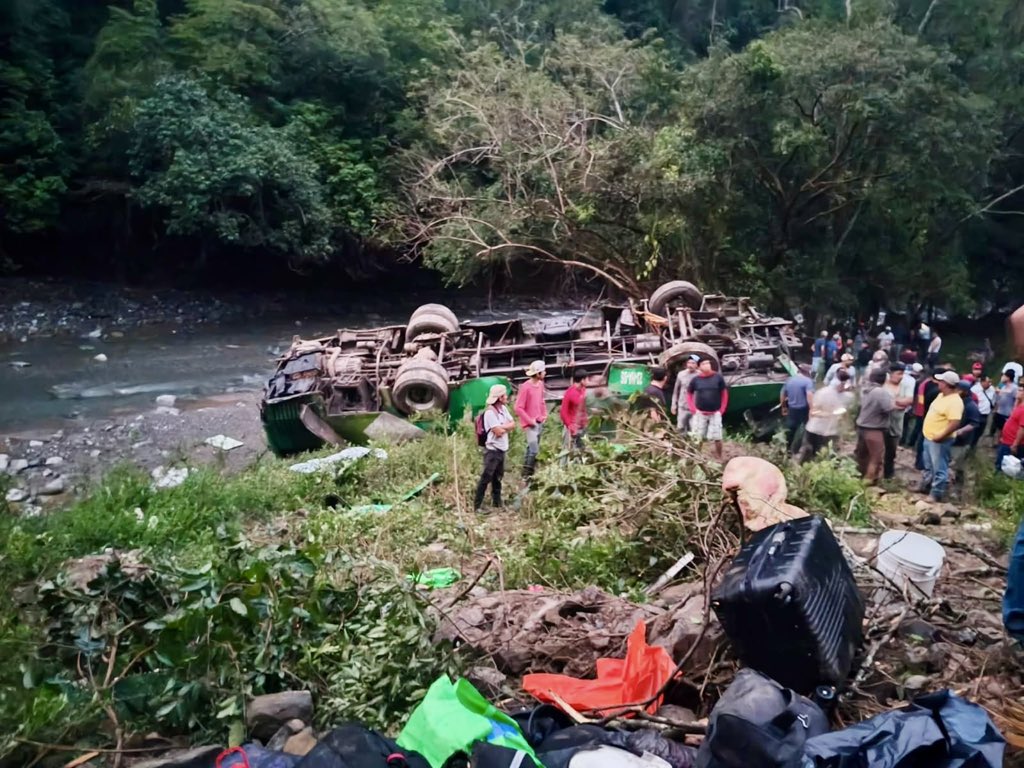
A tragic bus accident in the eastern state of Veracruz left at least eight people dead and 19 others injured on Wednesday afternoon, according to local authorities.
The vehicle was traveling through the town of Zontecomatlán when it crashed near a ravine, state Civil Protection officials reported late Wednesday night. “Regrettably, the prosecutor’s office has confirmed eight fatalities,” the agency stated in an official release.
Emergency Response and Medical Care Rescue teams worked into the night to assist the survivors. The 19 injured passengers were stabilized at the scene before being transported to hospitals in the nearby municipalities of Chicontepec and Huayacocotla. While the identities of the victims have not yet been released, Mexican press reports indicate the bus was en route from Mexico City to Chicontepec.
A Recurring Issue on Mexican Highways Road accidents involving long-haul passenger buses and freight transport are a frequent occurrence in Mexico. Experts often cite excessive speed, mechanical failure, or driver fatigue as the primary catalysts for these tragedies.
This latest incident follows another major disaster in late November, where 10 people were killed and 20 injured in a similar bus crash in the western state of Michoacán. The recurring nature of these accidents continues to spark national debate regarding the enforcement of stricter safety regulations for commercial transport units.
International
Jair Bolsonaro Hospitalized for Inguinal Hernia Surgery While Serving Sentence for Attempted Coup

Former Brazilian President Jair Bolsonaro, currently serving a 27-year prison sentence for an attempted coup, underwent surgery this Thursday for an inguinal hernia. The procedure took place at the DF Star Hospital in Brasilia, according to his wife, Michelle Bolsonaro.
The 70-year-old former leader left prison on Wednesday for the first time since his incarceration in late November to prepare for the operation. “My love has just gone to the surgical center,” Michelle Bolsonaro posted on Instagram, where she has been documenting her accompaniment during his hospitalization.
Surgical Expectations and Health History Medical professionals treating the far-right ex-president (2019-2022) anticipate the operation will last approximately four hours. His recovery period in the hospital is expected to extend between five and seven days.
Dr. Claudio Birolini explained on Wednesday that while the surgery is standardized, it remains complex due to the patient’s history. Bolsonaro continues to suffer from the long-term effects of a 2018 campaign rally stabbing, an injury that required several major abdominal surgeries in the years following the attack.
“There is no such thing as a simple surgery. However, this is a scheduled and standardized procedure, so we expect it to be carried out without major complications,” Dr. Birolini stated.
Potential Additional Procedures Following the hernia repair, the medical team will evaluate whether Bolsonaro can undergo a second procedure: an anesthetic block of the phrenic nerve. This nerve controls the diaphragm, and the intervention would aim to resolve a chronic case of recurrent hiccups that has plagued the former president for years.
Bolsonaro remains under heavy security at the medical facility as he serves his lengthy sentence related to the events surrounding the January 2023 institutional crisis in Brazil.
International
Trump Orders Construction of New ‘Golden Fleet’ to Revitalize U.S. Naval Superiority

President Donald Trump issued an executive order this Monday for the immediate construction of two new warships that will bear his name. These vessels will be the pioneers of what he described as the “Golden Fleet,” a future generation of “Trump-class” battleships that he claimed would be “100 times more powerful” than those currently in service.
The announcement took place at his private residence in Mar-a-Lago, Florida. The President indicated that following the initial two ships, the administration aims to commission up to 25 additional vessels. He is scheduled to meet with Florida-based contractors next week to expedite production, criticizing existing defense firms for failing to deliver results efficiently.
This naval expansion is a cornerstone of Trump’s goal to revitalized the American shipbuilding industry and address the strategic gap between the U.S. and competitors like China.
The move comes amid heightened geopolitical tension. Just last week, Trump ordered the seizure of all sanctioned tankers involved with Venezuela’s “ghost fleet” to cripple the country’s crude oil industry. Since December 10, the U.S. military—deployed in the Caribbean under the guise of counter-narcotics operations—has already detained two tankers linked to Venezuelan oil transport.
-
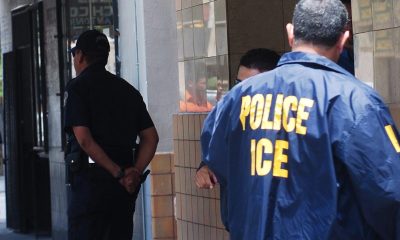
 International3 days ago
International3 days agoU.S. Judge Blocks ICE from Re-detaining Salvadoran Erroneously Deported Under Trump Administration
-
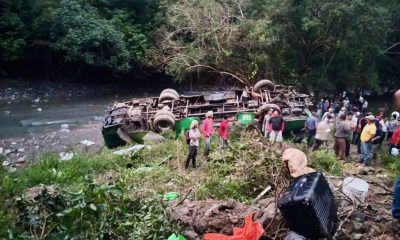
 International9 hours ago
International9 hours agoAt Least Eight Dead and 19 Injured in Deadly Bus Crash in Veracruz, Mexico
-

 International4 days ago
International4 days agoCristina Kirchner recovering after appendicitis surgery in Buenos Aires
-
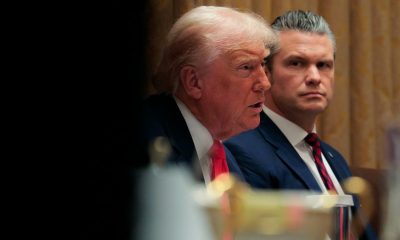
 International3 days ago
International3 days agoTrump Orders Construction of New ‘Golden Fleet’ to Revitalize U.S. Naval Superiority
-
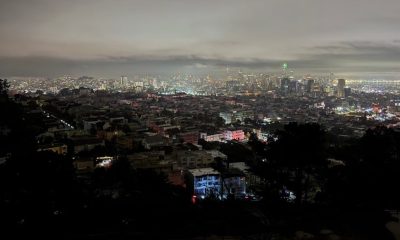
 International4 days ago
International4 days agoFire at substation triggers major blackout in San Francisco
-
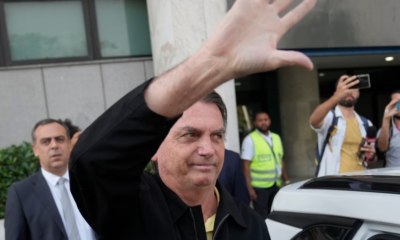
 International9 hours ago
International9 hours agoJair Bolsonaro Hospitalized for Inguinal Hernia Surgery While Serving Sentence for Attempted Coup




























